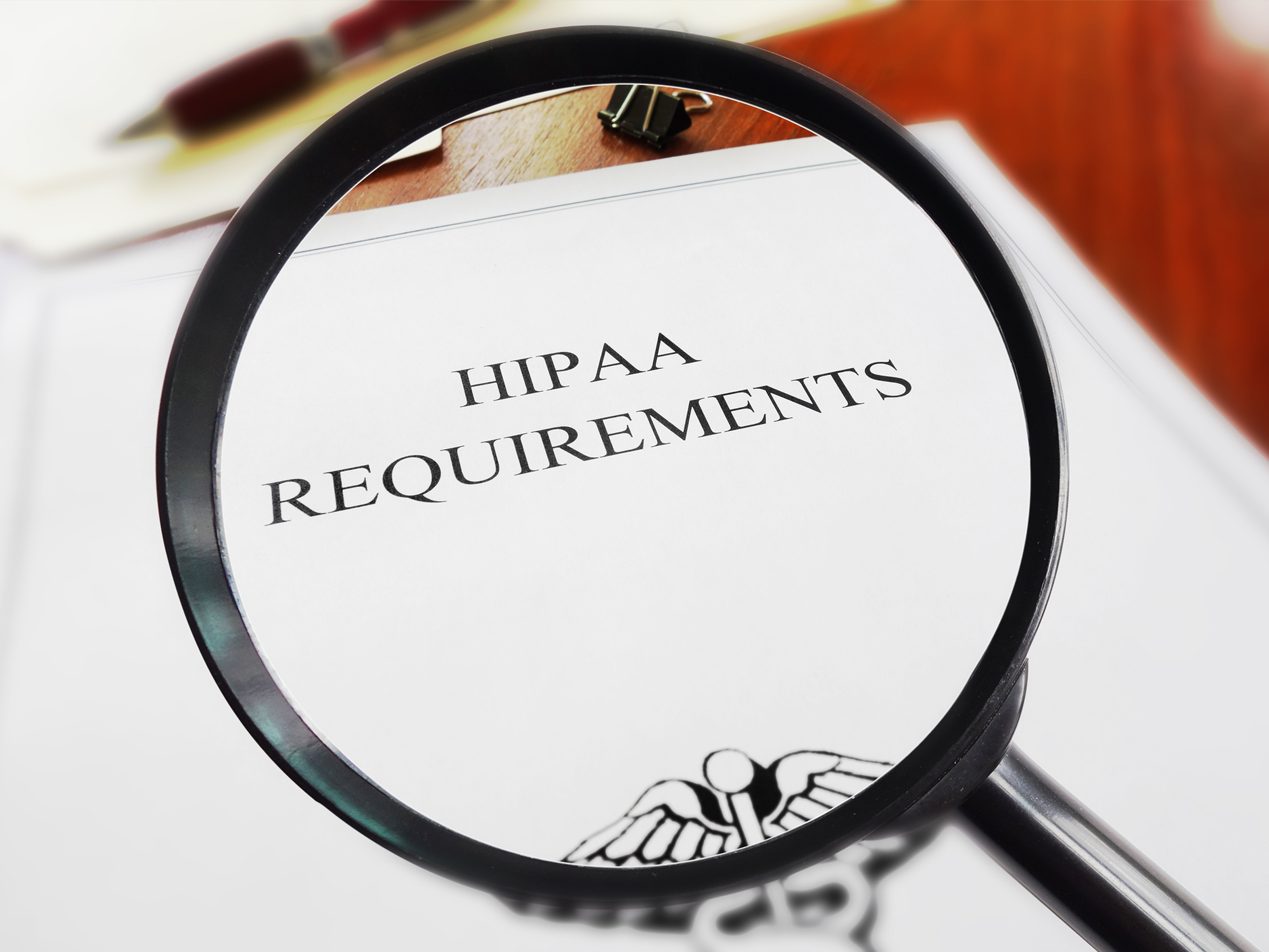
A Disaster Recovery Plan (DRP) is an organization's comprehensive, documented process to quickly restore its operations and IT systems after a disruptive event. The primary purpose of a DRP is to ensure organizational resilience by minimizing the impact of disasters such as cyberattacks, natural calamities, or technical failures.
This plan details the steps to be taken before, during, and after a disaster to maintain business continuity and safeguard critical data and systems. A DRP is necessary for businesses and organizations because it prepares them to respond effectively to unforeseen events, reducing downtime and financial losses.
Risk assessment and impact analysis
In this process, an organization actively identifies and evaluates potential risks that could disrupt its operations, such as natural disasters, cyber-attacks, or system failures. The assessment focuses on understanding the likelihood and potential impact of these risks on the business. The impact analysis assesses the consequences of risks on critical functions and data, helping prioritize protection and recovery resources. Key elements of a risk assessment include:
- Look around and find potential risks or hazards in the environment or operations.
- Consider who could be affected by each hazard and how they might be harmed.
- Assess the likelihood and severity of harm from each hazard.
- Write down the hazards, their potential impact, and the measures to manage or reduce these risks.
- Take action to minimize or eliminate the risks based on your evaluation.
- Regularly revisit the risk assessment to ensure it stays up-to-date and continues to protect people effectively.
Clear recovery objectives
An organization's clear recovery objectives are specific goals to guide its response and recovery efforts after a disruption. These objectives include defining how quickly the organization plans to resume its critical functions (Recovery Time Objective, or RTO) and determining the maximum amount of data loss it can tolerate (Recovery Point Objective, or RPO). Setting clear recovery objectives involves analyzing the business's needs and understanding the impact of downtime on operations.
For example, a company might set an RTO of four hours for its online sales platform, meaning it aims to restore this critical service within four hours after a disruption. Similarly, it might set an RPO of one hour for its customer data, indicating that it can tolerate losing up to one hour's worth of data in case of a system failure.
See also: HIPAA Compliant Email: The Definitive Guide
Data backup and replication strategies
Data backup and replication strategies are methods used by organizations to safeguard their information. Data backup involves creating copies of data and storing them separately from the original data. This way, if the original data is lost or damaged due to a system crash, virus attack, or accidental deletion, the organization can restore it from the backup. Replication, on the other hand, is about continuously copying data to another location in real-time or near-real-time. If the primary data source fails, the organization can quickly switch to the replicated data with minimal disruption. Strategies include:
- Regularly scheduled backups
- Offsite backup storage
- Cloud-based replication
- Disk-to-disk-to-tape (D2D2T)
- Mirror sites
- Snapshot backups
See also: What is a HIPAA disaster recovery plan?
Detailed recovery procedures
Detailed recovery procedures are a set of steps that an organization follows to restore its operations and systems after a disruption. These procedures are a part of a disaster recovery plan. They start with identifying the key personnel responsible for managing the recovery process and then detail the specific actions these individuals must take, including:
- Prioritized systems and functions
- Step-by-step restoration instructions
- Data recovery process
- Hardware and software repair or replacement guidelines
- Network reconfiguration steps
- Testing procedures
- Communication plan
Communication plan
A communication plan is a strategic outline detailing how an organization will communicate during a crisis or emergency. It specifies who will communicate, what information will be communicated, and how it will be delivered. This plan typically includes a list of key contacts, such as team members, stakeholders, and media contacts, and their roles in disseminating information. It also outlines the procedures for providing updates to employees, customers, and the public, using various channels like emails, social media, and press releases.
Regular testing and plan maintenance
Regular testing and plan maintenance routinely check and update an organization's disaster recovery plan to ensure it's effective and up-to-date. This process includes conducting drills and simulations to test the plan's procedures and identify any weaknesses or areas for improvement. The organization also reviews the plan regularly, considering any changes in technology, business processes, or external factors that might affect its relevance and effectiveness. By actively maintaining and testing the plan, the organization ensures that the recovery strategies will work as intended in the event of an actual disaster, minimizing potential damage and downtime.
See also: HIPAA compliance in natural disasters
Subscribe to Paubox Weekly
Every Friday we'll bring you the most important news from Paubox. Our aim is to make you smarter, faster.




